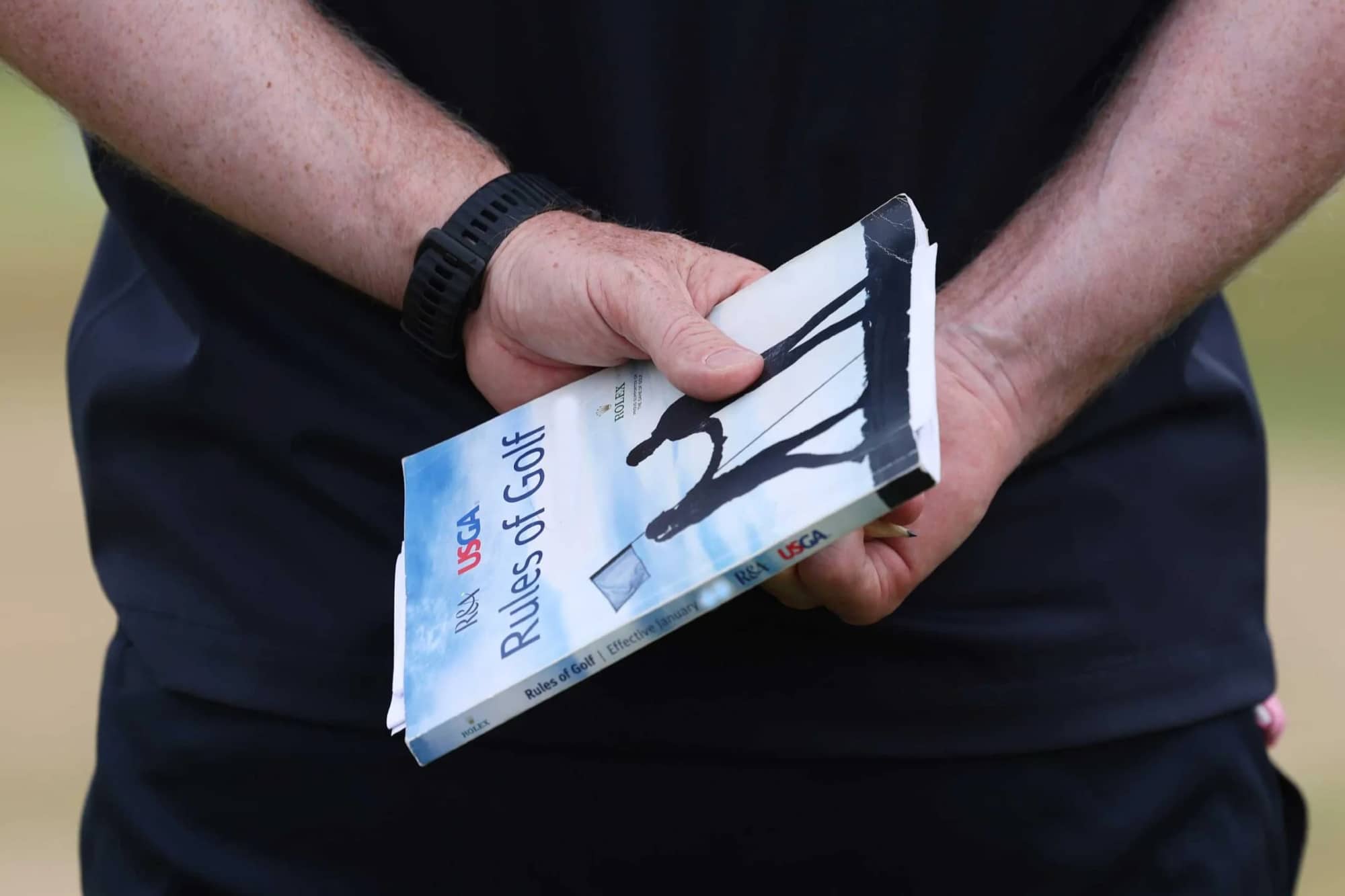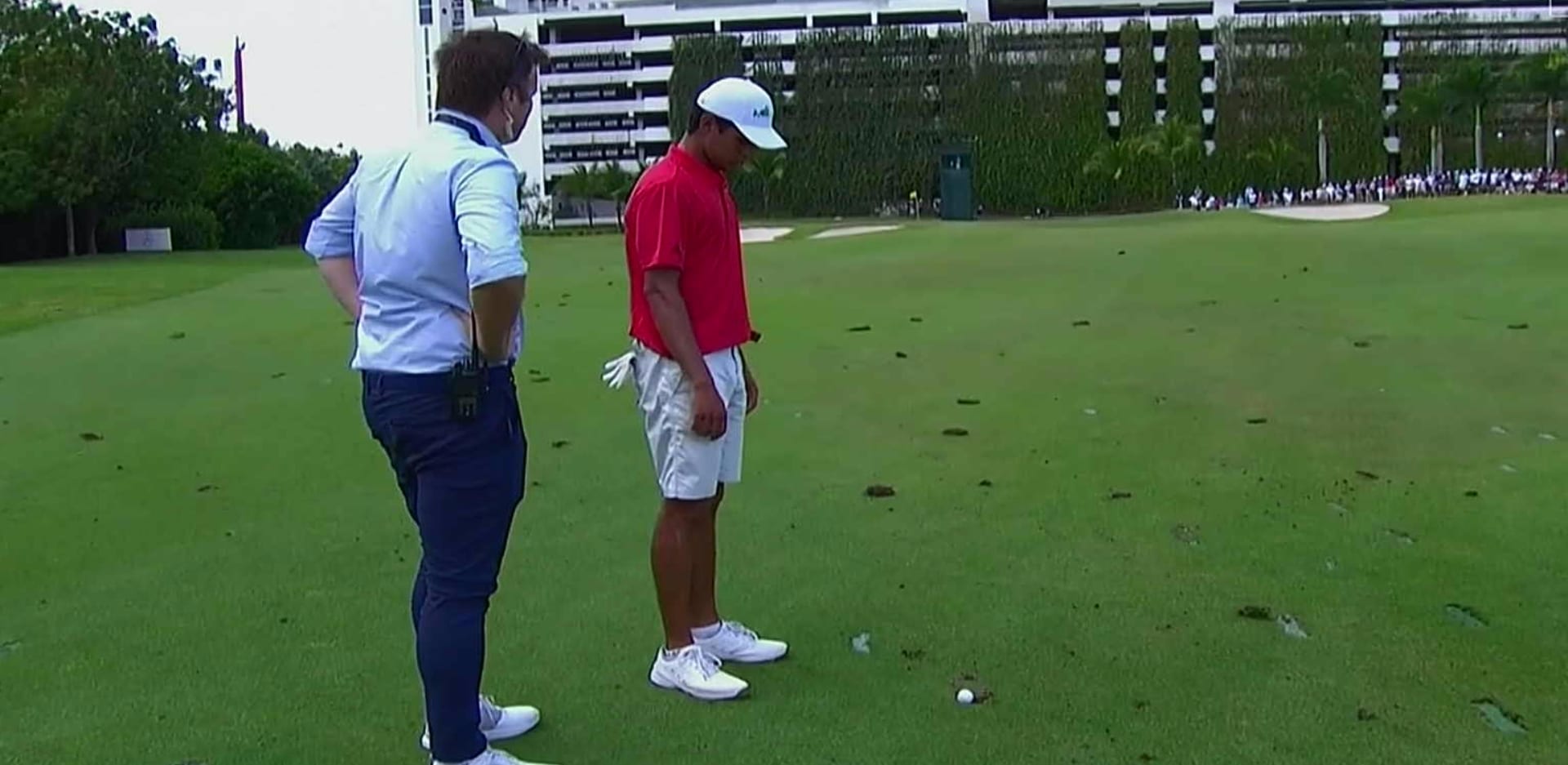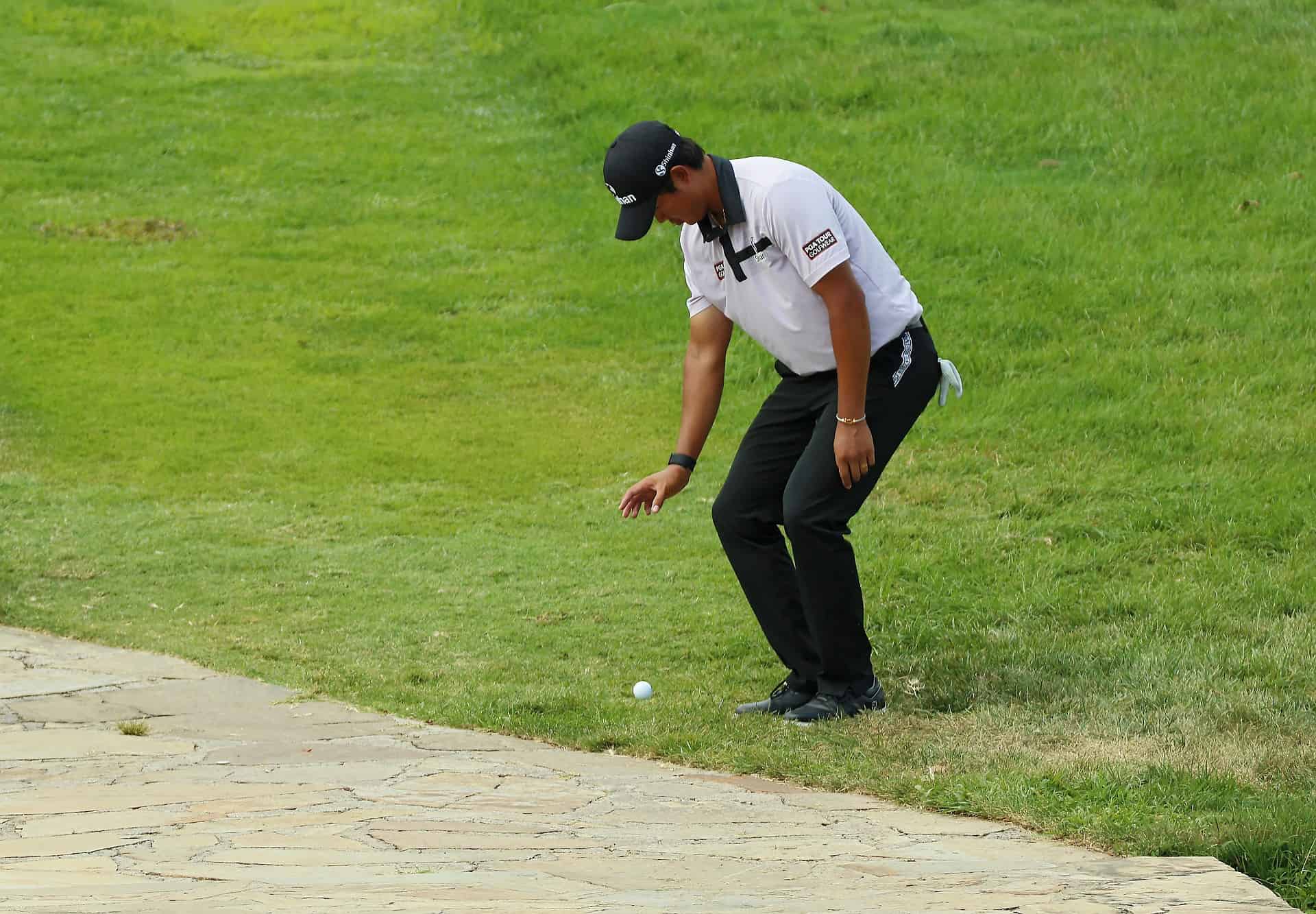
R&A rules chief: We’re not writing the rules for our own ends
January 1, 2019. D-Day for the new Rules of Golf.
A process which, from start to finish, will have taken seven years comes to an end with a set of rules designed to equip the game for the modern era.
Every one of golf’s regulations has been examined, reviewed and, in some cases, changed in a joint venture between the R&A and USGA.
David Rickman, the R&A’s executive director – governance, has been at the heart of the project.
When the first proposals were announced last March, some of the suggested alterations courted high publicity.
The results of a further review – following a six-month consultation period last year – will be announced in the spring before the new regulations come into effect on the first day of 2019.
NCG sat down with Rickman to discuss the rules modernisation process and which of the changes is his favourite…
The rules are set to be reduced from 34 to 24. Did you have that in mind when you started this process?
We didn’t have a set number in mind. We felt they could be reduced. We felt, more importantly, that they needed to be re-ordered. We felt there were a number of aspects of the rules where they were scattered and they could be produced in a different order.
That was one of the first things we did. In terms of the group, we put together what we called a Rules Review Working Group and that included people from The R&A, USGA, but also, importantly, people from the professional tours.
The professional tours are our shop window and probably where the rules are placed under greatest scrutiny is at the very highest level, where people are playing for their livelihoods.
Understandably, the Rules have to work at that level. This group was put together and one of the keys for making this work was that we decided in 2012 to run, in effect, two reviews in parallel.
There was the 2012 to 2015 normal quadrennial review, which resulted in the 2016 Rules, but, alongside that, a number of us were also involved with this Rules Review Working Group so we took that time to conduct the fundamental review.
One of the great difficulties was trying to do this huge body of work – to do this rigorous analysis – within a four-year time period.
Like most brilliant ideas, it’s the simple ones that you suddenly say ‘the trick is, in effect, to start that process early’.
So we ran those two processes in parallel, produced the 2016 Rules dealing with pressing small issues, particular issues including anchoring (so not small), but that then meant once we got to March 2017 we felt we were now ready to unveil the proposals.
Why do you unveil the proposals so early before their intended implementation in 2019?
Whether it be the new Guide Book, which will replace the Decisions book, the new Player’s Edition, all of the new material which then has to be printed, distributed and translated to potentially cover the 60 million golfers all around the world – all of that flows from the finalisation of the 24 rules.

We have to get those agreed and finalised and then all of these other aspects work from there. For as long as we are working on refining and improving those rules, we can’t quite finalise all the other work. So we need to finish that by the spring of 2018 to enable us to do everything else.
It also gives you the opportunity to think again about proposals you’ve had a lot of feedback on…
That’s really important. We are not writing the Rules for our own ends. We are writing them to try and help the sport be healthy. We need to listen to the feedback we’ve received. Fortunately, that feedback has been overwhelmingly positive. But there are a number of areas where concern has been expressed and certainly those areas we have paid particular attention to.
The Player’s Edition is important. We all want to follow the rules but, when we’re in a tricky situation and scrawling through a 200-page book, it’s difficult…
That’s probably been my biggest frustration. Either when people feel too intimidated to even try and find the answer or, even worse, if they do have a rule book, they do open it and they can’t find the answer.
A lot of attention has been spent on the spread of the 24 rules. What are we trying to cover? We’ve tried to use explicit headings. We have tried to make the sub-rules clear, in terms of what they are doing. If we have got to have some exceptions, which, sadly, we do, we have tried to make the subject of that exception very clear.
So if that structure is better than it has been in the past and the focus on the Player’s Edition is then to go: okay, the main rules, the full Rules – however we want to describe them – need to have these full levels of detail.
There are these very particular cases that we need to cover but they don’t happen very often so those are the types of cases we are going to remove from the Player’s Edition’.
The attempt is that the Player’s Edition will focus on the fundamental rules, the rules that everybody needs, the ones that commonly come into play.
Then if something happens that is not covered by that, there will still be the heading and a signpost where someone can then go deeper into it.

Do you have a particular change that’s a favourite of yours?
I quite like the change to the damaging the club rule. From a technical point of view, it simplifies a difficult rule significantly. But it feels right to me and, in some ways, it puts the game more on a level footing in that amateur golfers never have the chance to replace a club that’s broken because they don’t have anybody they can send to do that. Professional golfers currently do.
So that element of that particular change, I quite like.
How exciting is it to be in the final stretch of this process?
There’s probably a wide range of emotions. Excitement is one. Relief is probably another. There’s the inevitable nervousness around dotting the I’s and crossing the T’s.
With any project of this kind the devil is in the detail and we have still got a little bit of detail to work through. But, overall, it has been a very rewarding exercise. I think it has been timely for the game.
That’s the most important thing. I think it has come at a good time for the sport, which is evolving and advancing in all sorts of positive ways. I think that the rules modernisation is part of that. I think the sport will be better because of it.

What’s the point of the 2019 Rules of golf changes?

Viewer call-ins ended by new R&A and USGA video rules

Why the modernisation of golf’s rules will make the game better
Steve Carroll

A journalist for 25 years, Steve has been immersed in club golf for almost as long. A former club captain, he has passed the Level 3 Rules of Golf exam with distinction having attended the R&A's prestigious Tournament Administrators and Referees Seminar.
Steve has officiated at a host of high-profile tournaments, including Open Regional Qualifying, PGA Fourball Championship, English Men's Senior Amateur, and the North of England Amateur Championship. In 2023, he made his international debut as part of the team that refereed England vs Switzerland U16 girls.
A part of NCG's Top 100s panel, Steve has a particular love of links golf and is frantically trying to restore his single-figure handicap. He currently floats at around 11.
Steve plays at Close House, in Newcastle, and York GC, where he is a member of the club's matches and competitions committee and referees the annual 36-hole scratch York Rose Bowl.
Having studied history at Newcastle University, he became a journalist having passed his NTCJ exams at Darlington College of Technology.
What's in Steve's bag: TaylorMade Stealth 2 driver, 3-wood, and hybrids; TaylorMade Stealth 2 irons; TaylorMade Hi-Toe, Ping ChipR, Sik Putter.










